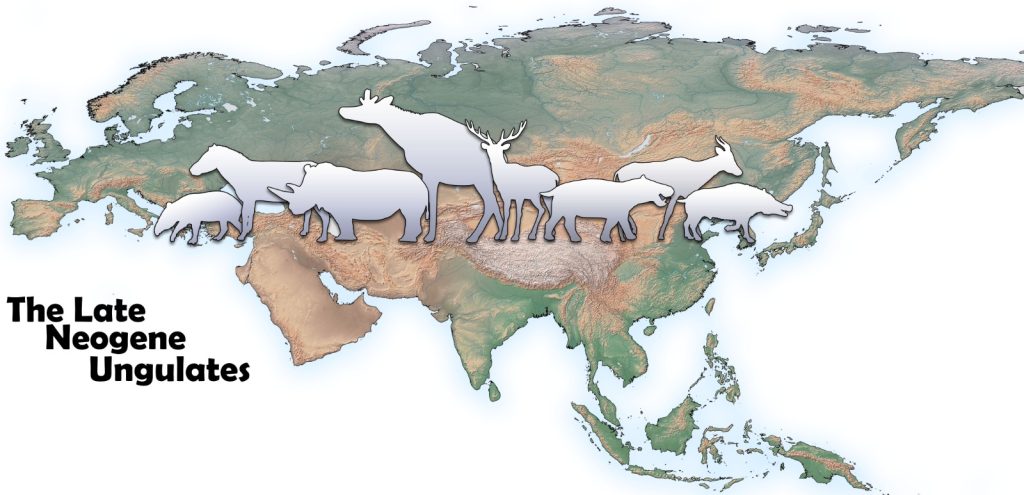Organisers: Omar Cirilli1,2*, Roberta Martino3,4*, María Ríos Ibáñez3,4*, Leonardo Sorbelli5*, Luca Pandolfi6*
1College of Medicine, Department of Anatomy, Laboratory of Evolutionary Biology, 520 W St. N.W., 20059, Washington, DC, USA. Email: omar.cirilli@howard.edu
2Dipartimento di Scienze della Terra, Paleo[Fab]Lab, Università degli Studi di Firenze, Via G. La Pira 4, 50121, Firenze, Italy.
3GeoBioTec, Faculdade de Ciências e Tecnologia da Universidade NOVA de Lisboa, 2829-516 Monte de Caparica, Portugal. E-mail: r.martino@campus.fct.unl.pt; E-mail: maria.rios.iba@fct.unl.pt
4Museu da Lourinhã, R. João Luís Moura, 95, 2530-158, Lourinhã, Portugal
5Institut Catala, de Paleontologia Miquel Crusafont, Universitat Autònoma de Barcelona, Edifici ICTA-ICP, c/ Columnes s/n, Campus de la UAB, 08193, Cerdanyola del Vallès, Barcelona, Spain. Email: leonardo.sorbelli@icp.cat
6Dipartimento di Scienze, Università della Basilicata, Via dell’Ateneo Lucano, 10-85100 Potenza, Italy. Email: luca.pandolfi@unibas.it
*Equal contributions

ABSTRACT
Ungulata mainly includes large mammals recognizable for the presence of hooves. This clade is characterized by an extraordinary fossil and evolutionary record with a high taxonomic diversity. The members of this clade are often used to both correlate continental fossiliferous deposits and to investigate dispersal patterns and paleoenvironmental changes at local, regional, or global scale. Nevertheless, a comprehensive evolutionary and biochronological framework of the several families, genera and species is long overdue. The taxonomic status of certain groups is strongly debated and different phylogenetic hypotheses have been proposed during the last decades to share new knowledge on their evolutionary history. Herein, we propose a meeting point among researchers in Vertebrate Paleontology to provide a first contribution for an updated taxonomic and phylogenetic framework of Eurasian ungulates, with the aim to develop a new biochronologic and paleobiogeographic frameworks that could lead to well-resolved paleoecological, paleoclimatic and phylogenetic interpretations. We invite researchers to share their research to find a common view on morphological and morphometric characters within the same taxonomic unit, and to constructively discuss any paleobiogeographic and evolutionary hypotheses on the different members of this grand order.
CONTRIBUTIONS:
Coming soon!
